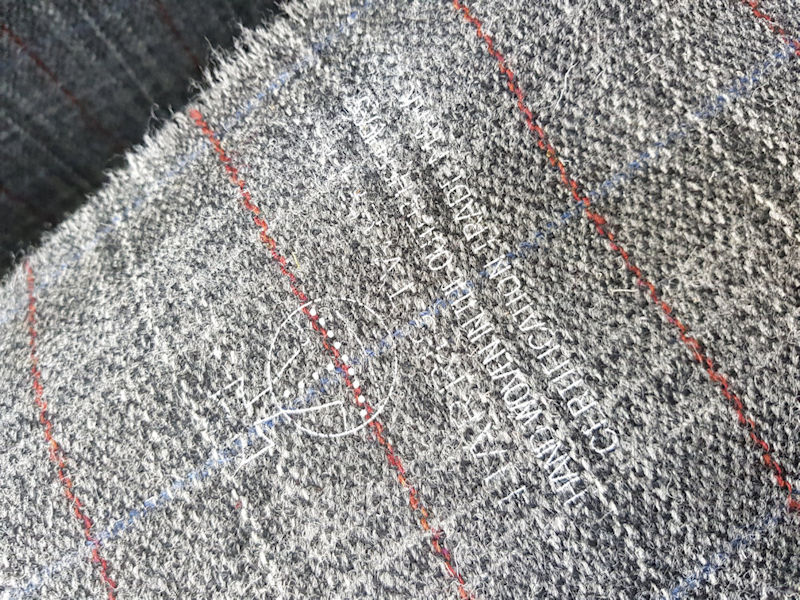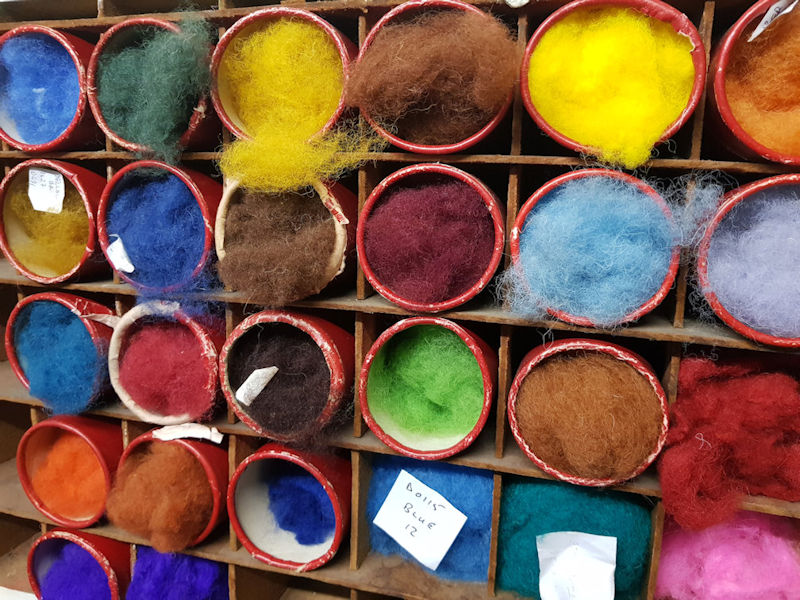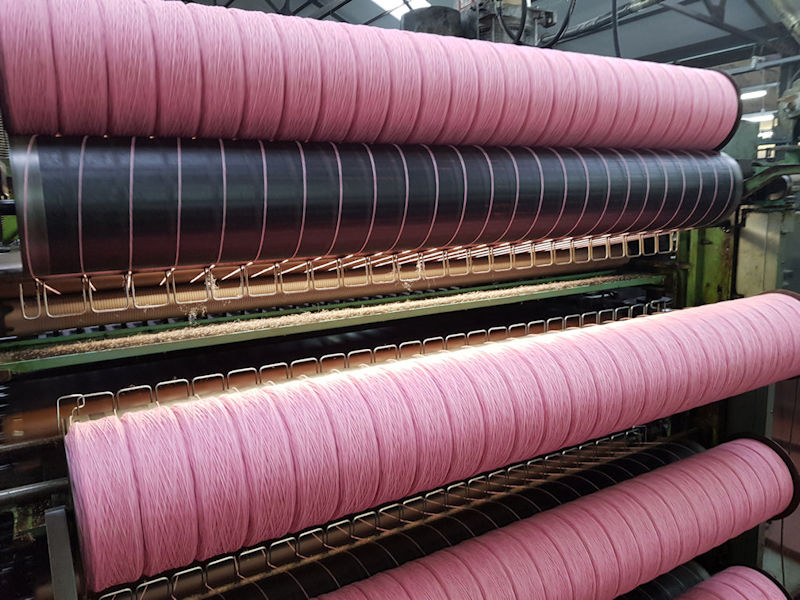

Traditional Scottish Tweed
Originally, the wool was washed in soft peat water, and then coloured with dyes from local plants and moss scraped from the rocks.
The yarn was woven on a very early type of hand loom that had a manually operated shuttle.
In 1906, the Kenneth Mackenzie Mill, the successor to the Lewis Wool Mills company, was established. It was primarily a carding and spinning mill distributing machine spun yarn for the independent weavers.
Another major development was the formation of the 'Harris Tweed Authority' in 1909, to ensure that the fabric was not in danger of being imitated, and of inferior quality. They devised the now famous 'Orb' trademark, which appears on every single Harris Tweed item, to prove that it is made from genuine Harris Tweed.
To this day, Harris Tweed is the only fabric in the world protected by an Act of Parliament. This states that it must be made 'with 100% pure virgin wool, dyed, spun and finished in the Outer Hebrides and woven by hand by the Islanders in their homes on the Islands of Lewis, Harris, Uist and Barra'.
The unique Act is policed by the Harris Tweed Authority, who monitors all fabric on a daily basis. Every 50 metres of fabric is inspected and approved before being stamped by hand with the Orb trademark.
No other fabric can call itself Harris Tweed.
It is amazing to think in this mechanised and mass produced world, Harris Tweed is still woven by hand on the Western Isles of Scotland.
Kenneth Mackenzie Harris Tweed website


